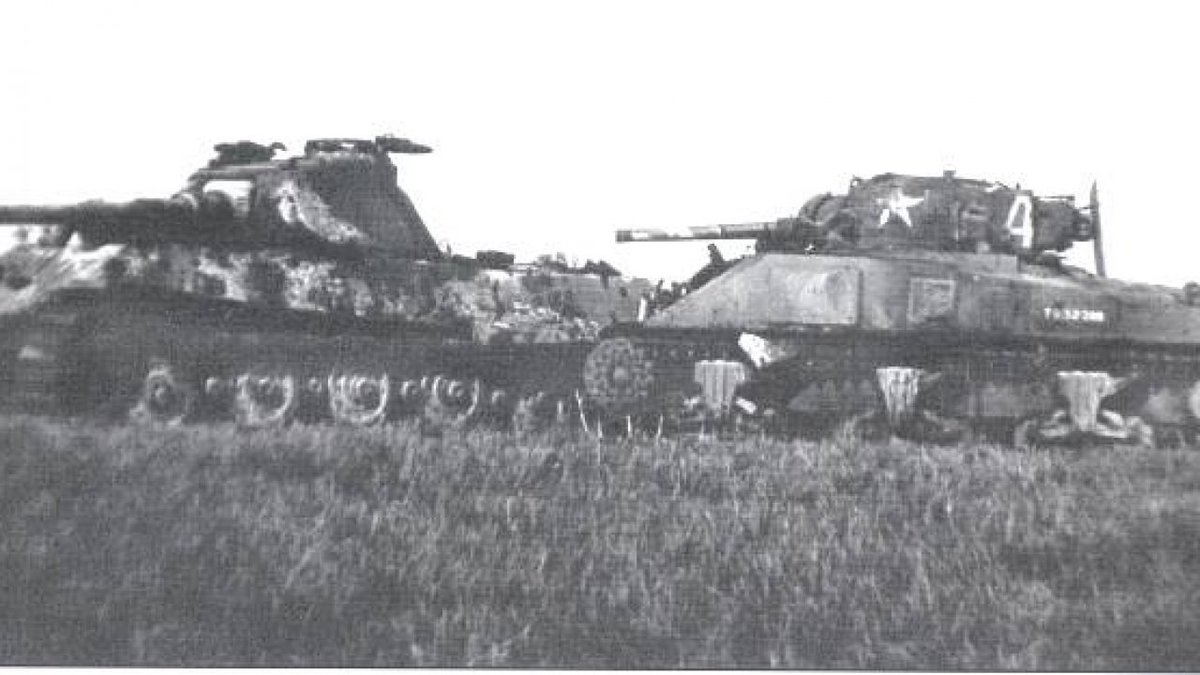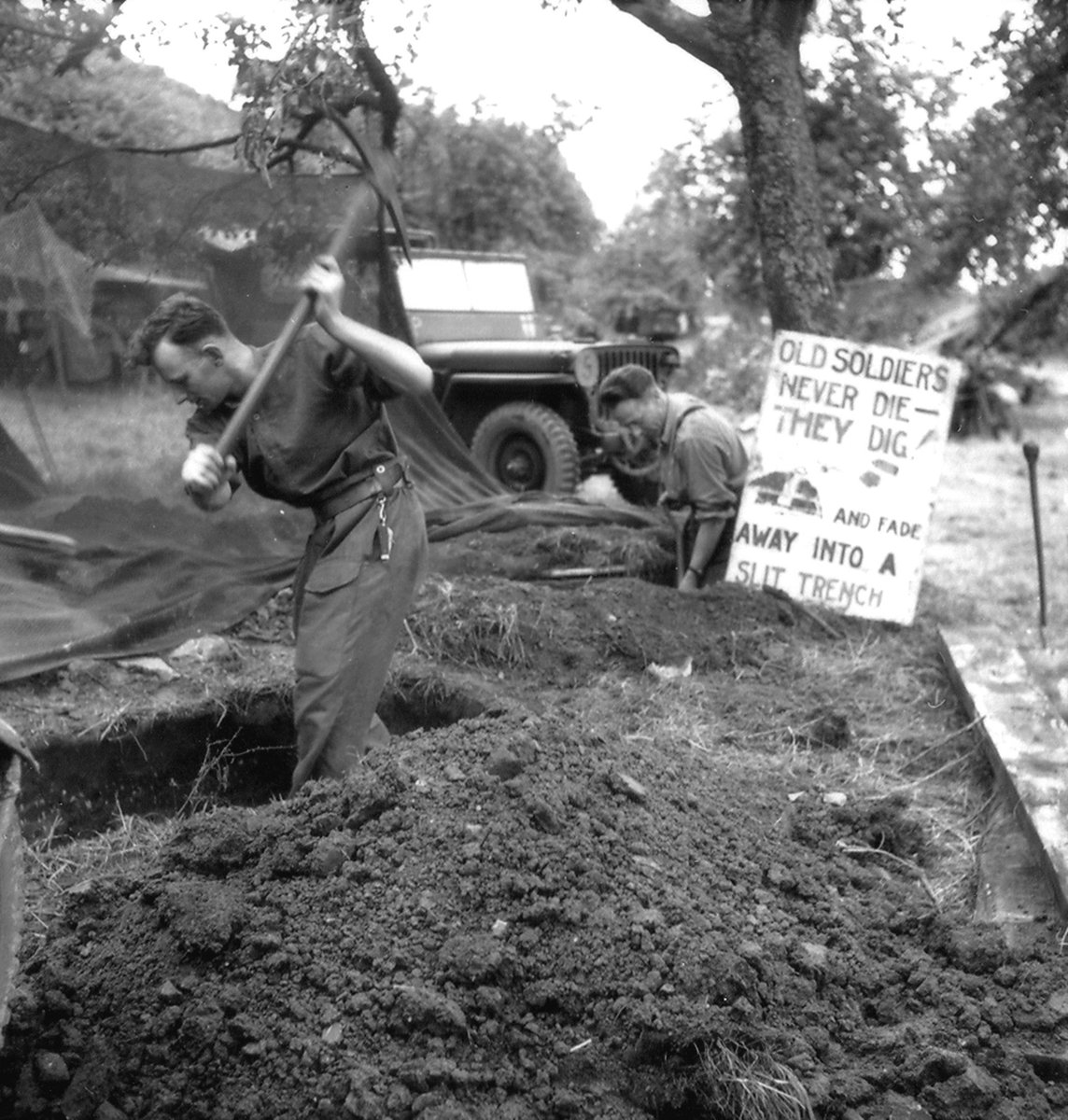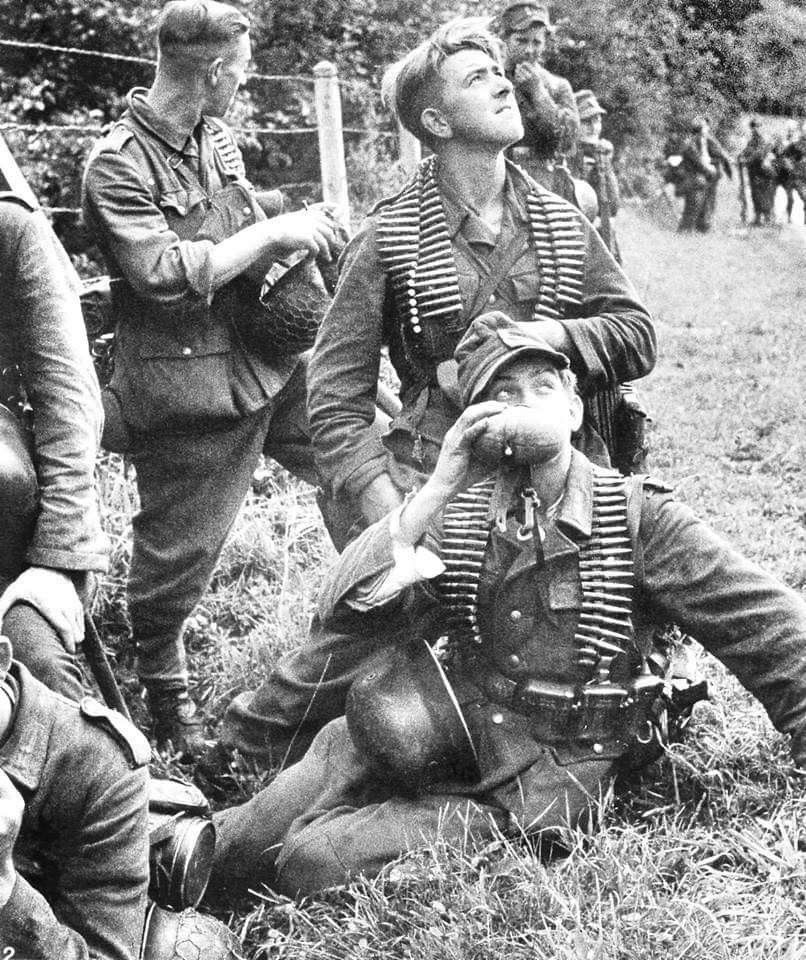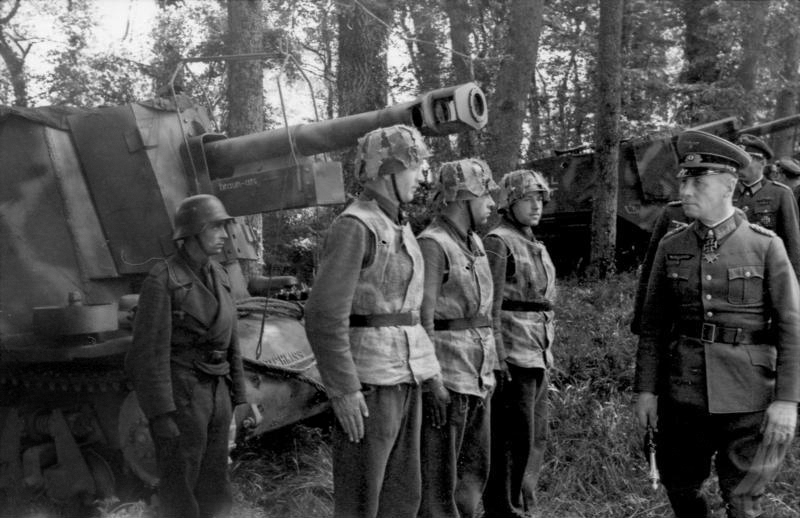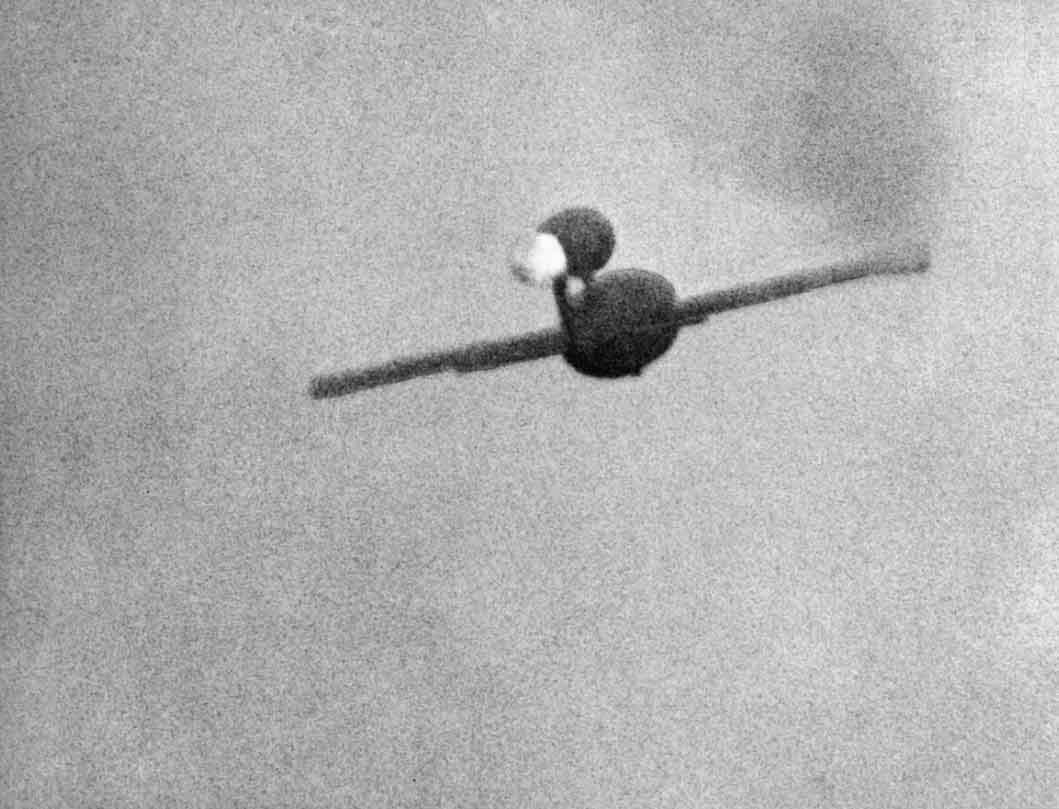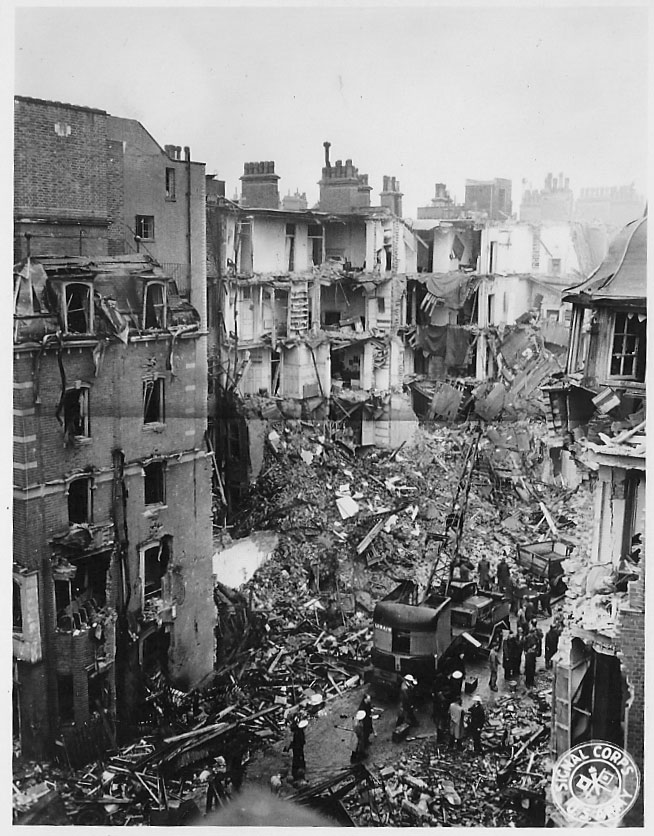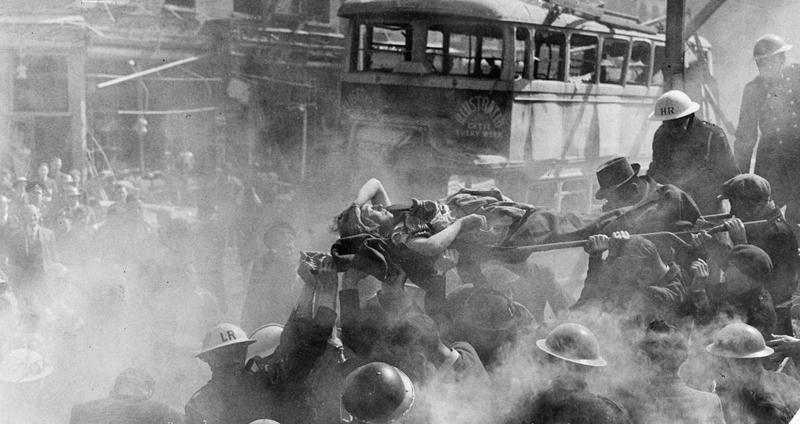
In April 1944, the British Army banned use of 'Shell Shock' in favour of 'Battle Exhaustion', implying a more temporary form of affliction & attempt to remove stigma, altho' the old colloquial diagnosis persisted.
Let's look at #MentalHealth. /1
#WW2 #SWW #History #MH



Let's look at #MentalHealth. /1
#WW2 #SWW #History #MH




Over the course of the July the rate per 1,000 of those suffering with Battle Exhaustion markedly increased from 2.5 to 5.63 by 22 July, ultimately representing 21.7 percent of all non-fatal casualties, with most victims blaming persistent mortaring. /2 



Improved treatment of psychiatric casualties followed with specialist Rest Centres established in theatre, as did increased allocation of LOB etc to those struggling.
MOs, officers and NCOs were advised to maintain a watchful eye on those most likely to succumb. /3


MOs, officers and NCOs were advised to maintain a watchful eye on those most likely to succumb. /3



Divisional Exhaustion Centres opened which allowed Regimental Medical Officers to offer personal assistance, and those who had not suitably recovered their nerve after four or five days were sent back to Corps Exhaustion Centres for a further week’s treatment. /4 






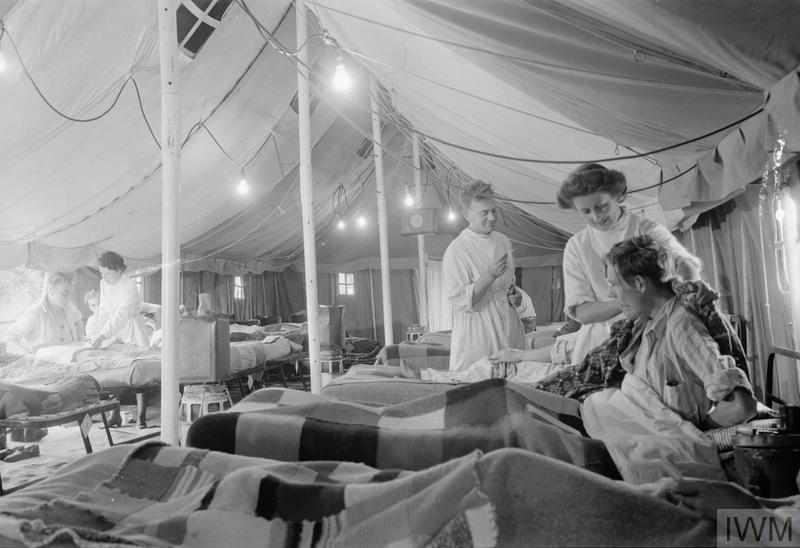
Ultimately half of those evacuated with Battle Exhaustion returned to front line duties, with a further 10-20% continuing to support the campaign by other means as they were reassigned to bases or as LOC personnel. /5 







It's undeniable that the Army took mental health seriously throughout the campaign, and I'll look closer at this in the coming weeks.
In many ways, it's a far more complex, progressive and compassionate tale than one would expect. /thread

In many ways, it's a far more complex, progressive and compassionate tale than one would expect. /thread


• • •
Missing some Tweet in this thread? You can try to
force a refresh

